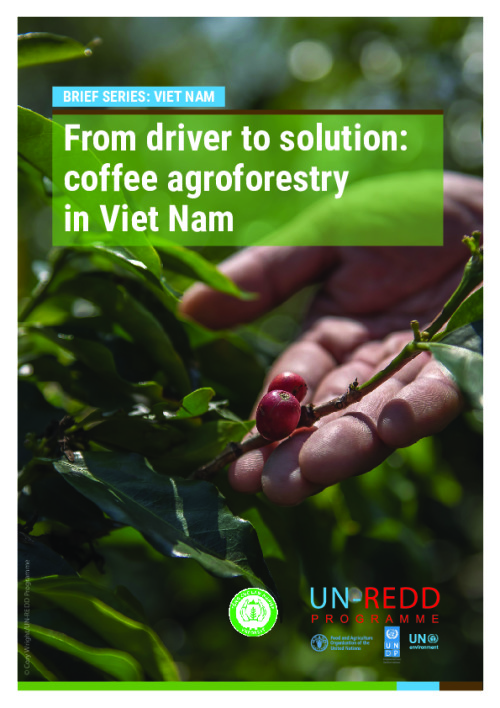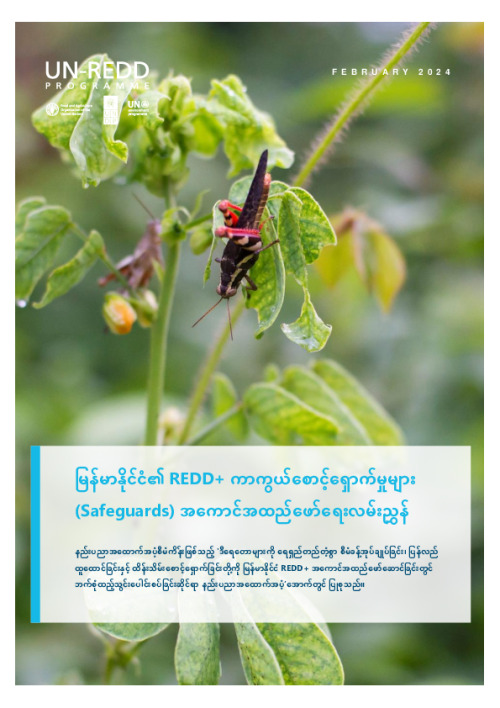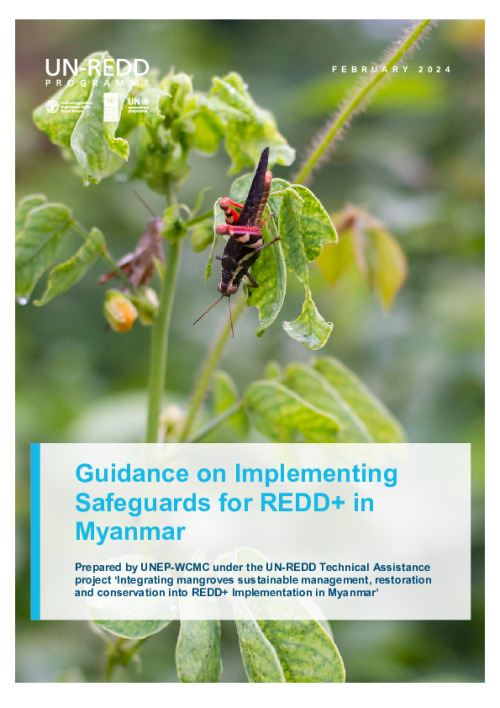Viet Nam Infobrief Series: From driver to solution: coffee agroforestry

*This is part of a series of info briefs produced in 2019 on the main lessons learned from Viet Nam's National REDD+ ProgrammeÂÂ
Viet Nam is the second biggest coffee producer and exporter (after Brazil). Production in Viet Nam has steadily increased from 78,600 tons in 1990 to almost 1.77 million tons in 2017/18. There is no doubt that coffee is a significant contributor to Viet Nam’s rural economy. Its export value in 2018 was US $3.5 billion.
While coffee in Viet Nam has been touted as a success story, there is also a downside to the considerable expansion of its production. The conversion of natural forests to coffee contributes significantly to greenhouse gas (GHG) emissions, and thereby to global climate change. Today, coffee covers an area of about 650,000 ha. A continuation of this trend will make it more difficult to achieve the target of reducing GHG emissions by 8 percent by 2030, which is Viet Nam’s commitment to the United Nations Framework Convention on Climate Change (UNFCCC).ÂÂ
When the UN-REDD Viet Nam Phase II Programme selected Lam Dong province (in the Central Highlands region) as one of its pilot provinces, the coffee sector as a driver of deforestation was squarely in mind. Turning this driver into a REDD+ potential would require addressing the carbon as well as the socio-political challenge revolving around forestland tenure. The Programme reviewed options for forest restoration by intercropping forest trees and examined opportunities for and constraints to the adoption of coffee agroforestry in Lam Dong province, where coffee is grown on about 162,000 ha.
Download the resource
Size: (1.423 MB)


